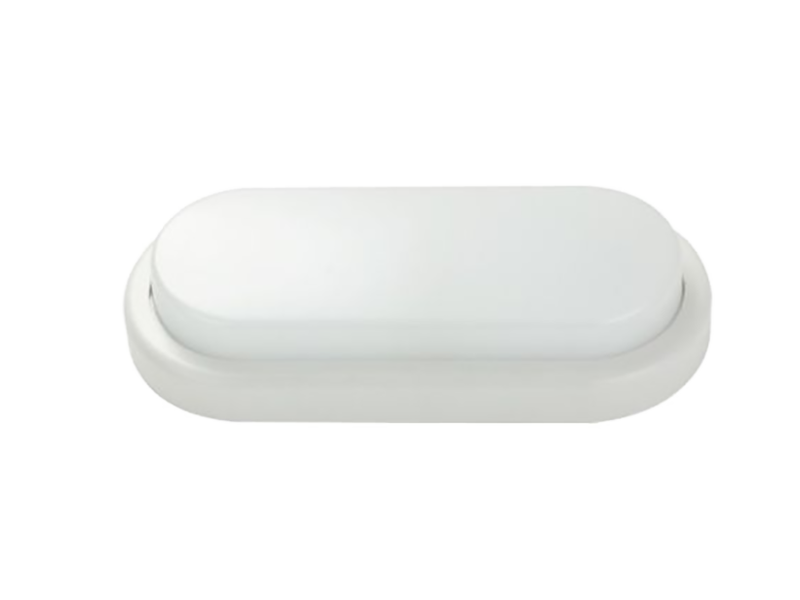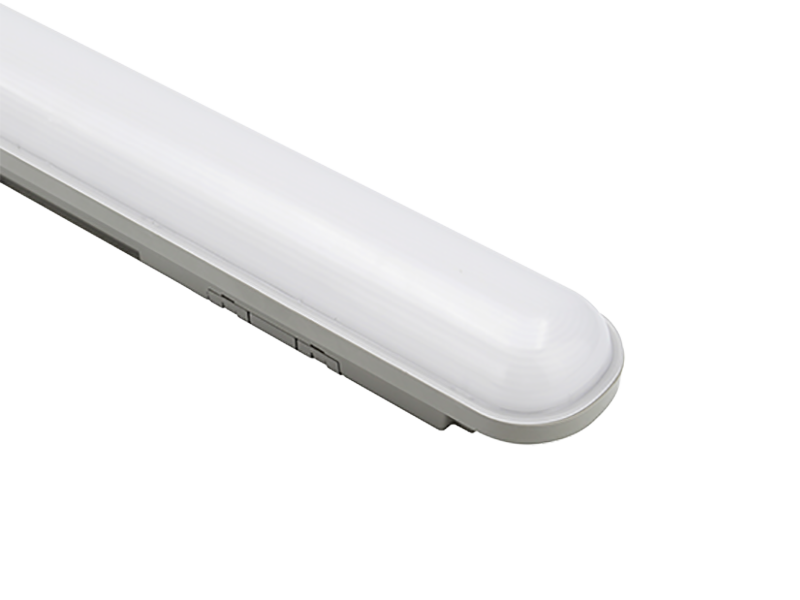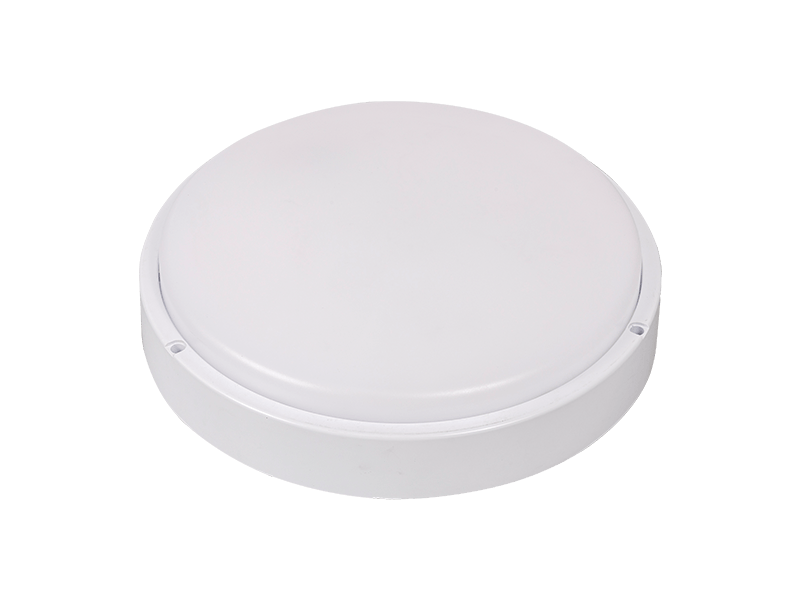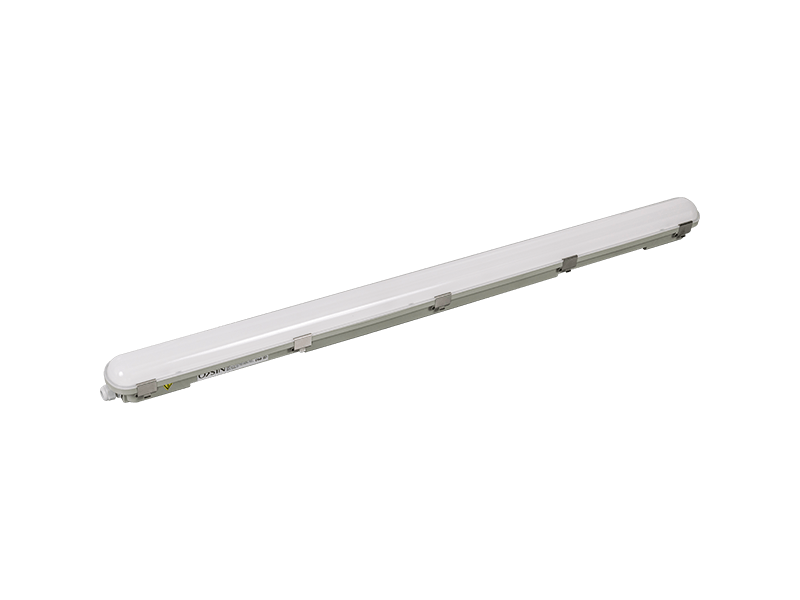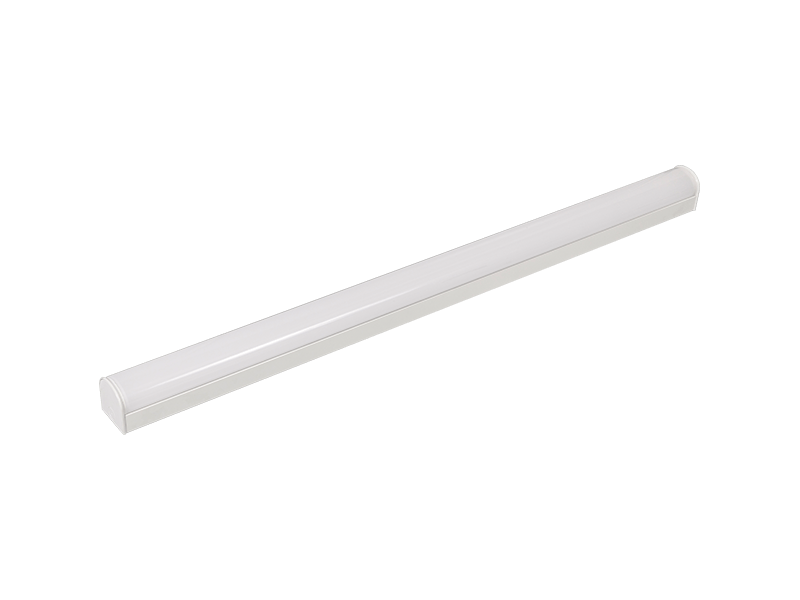Sanitary fittings are essential components of plumbing systems, serving various functions within residential, commercial, and industrial settings. Beyond their primary role in facilitating the flow of water and waste, sanitary fittings also play a significant role in water conservation and efficiency. As global concerns about water scarcity and environmental sustainability continue to grow, the importance of implementing water-saving measures in everyday activities becomes increasingly apparent. Sanitary fittings offer a practical and effective means of achieving water conservation goals by incorporating innovative technologies, promoting behavioral changes, and optimizing the efficiency of water usage.
One of the key ways in which sanitary fittings contribute to water conservation is through the implementation of low-flow designs and water-saving technologies. Manufacturers have developed a wide range of fixtures, including faucets, showers, and toilets, equipped with features such as aerators, flow restrictors, and dual-flush mechanisms. These technologies are designed to reduce water consumption without compromising performance, allowing users to maintain their desired level of functionality while minimizing water wastage. For example, aerators mix air with water to create a steady, aerated stream, reducing the overall flow rate while maintaining adequate pressure. Similarly, dual-flush toilets offer users the option to select between a full or partial flush, conserving water with each use.
Additionally, sensor-activated controls have emerged as a popular solution for promoting water efficiency in sanitary fittings. Touchless faucets and flush valves utilize motion sensors or infrared technology to detect user presence and activate water flow or flushing mechanisms automatically. By eliminating the need for manual operation, sensor-activated controls reduce the risk of accidental water wastage and encourage responsible water usage practices. These fittings ensure that water is only dispensed when needed, minimizing unnecessary consumption and contributing to overall water conservation efforts.
Furthermore, advancements in smart water management systems have revolutionized the way sanitary fittings are integrated into plumbing systems. These systems leverage sensors, data analytics, and automated controls to monitor and optimize water usage in real-time. By providing insights into water consumption patterns and identifying opportunities for improvement, smart water management systems empower users to make informed decisions that maximize efficiency and minimize waste. For example, these systems can detect leaks, adjust flow rates, and identify inefficient fixtures, allowing users to address issues proactively and conserve water effectively.
In addition to technological innovations, educational initiatives and behavioral changes play a crucial role in promoting water conservation through sanitary fittings. Manufacturers and organizations provide educational resources, product labeling, and outreach programs to raise awareness about the importance of water conservation and encourage responsible water usage practices. By educating consumers about the benefits of water-saving technologies and providing practical tips for reducing water consumption, these initiatives empower individuals to make conscious decisions that contribute to overall water efficiency.
Overall, sanitary fittings are instrumental in promoting water conservation and efficiency in plumbing systems. Through the implementation of low-flow designs, water-saving technologies, sensor-activated controls, smart water management systems, educational initiatives, and behavioral changes, sanitary fittings help minimize water wastage, preserve precious water resources, and promote environmental sustainability. As the global population continues to grow and water scarcity becomes an increasingly pressing issue, the role of sanitary fittings in water conservation will become even more critical in ensuring a sustainable future for generations to come.

 Search
Search English
English Español
Español